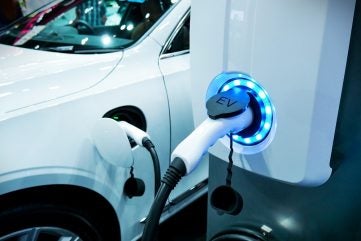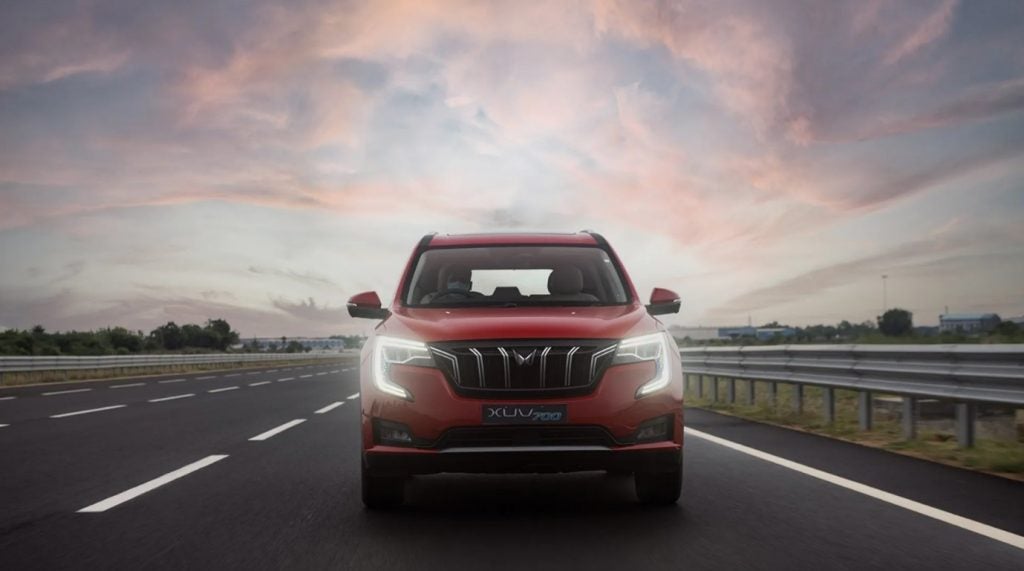
The global automotive industry is facing unprecedented (that word, again) transformation ahead on the back of major technological change. How that restructuring will ultimately look is a very big question. Some new players and disruptors will thrive, some won’t. Same goes for the so-called ‘legacy’ players. Some will successfully adapt, while others will decline or be swallowed up in a wave of corporate M&A deals yet to emerge.
It feels a bit like the calm before the storm. Over the past year, many OEMs have posted very positive financial results on the back of a sales rebound – after the chips crisis and supply shortages – with transaction prices still high. But 2024 is shaping up to be a much tougher year as the industry faces the reality of slower demand and slimmer margins.
Tesla‘s latest troubles are as good an indicator as any of the potentially bumpy roads ahead in the energy transition. Price wars will hit profits. Unit costs of electric vehicles and their major components have yet to fully feel the natural downward gravity that comes with much higher mass-market volumes. Costs of investment in electrification and other advanced technologies remain stubbornly high at this stage in the diffusion of complex new technologies.
Looking further ahead, who will be left standing when we get to 2035? Another question: How will governments address this highly dynamic investment landscape? The US has perhaps been at the forefront with proactive policies to boost domestic investment via the Inflation Reduction Act.
Looked at in another way, will carmakers be in a strong bargaining position when it comes to where they decide to invest and what additional incentives they may want from national governments? Will it be a beauty contest as they tour major regional capitals looking for handouts?
Wherever they are, governments will certainly aim to protect their vital national (economic) interests. It’s a process that has really only just started, but will likely accelerate as the penny drops that EV model allocations, future factory capacity plans and the configuration of yet-to-be-developed EV supply chains won’t be a case of ‘business as usual’.
How well do you really know your competitors?
Access the most comprehensive Company Profiles on the market, powered by GlobalData. Save hours of research. Gain competitive edge.

Thank you!
Your download email will arrive shortly
Not ready to buy yet? Download a free sample
We are confident about the unique quality of our Company Profiles. However, we want you to make the most beneficial decision for your business, so we offer a free sample that you can download by submitting the below form
By GlobalDataOn top of that, there’s the real possibility of international trade tensions itensifying. The findings of the European Commission’s investigation of unfair subsidies to Chinese automotive companies could result in new tariffs being imposed on Chinese imports to the EU. There are real risks to the continuation of the global and highly interconnected flows of trade in goods and services that have underpinned economic growth across the world over many decades. The automotive industry, with its global supply chains and hefty economic mass, will undoubtedly be at the heart of this politically sensitive issue.
Chinese OEMs’ offensive fuels Stellantis tensions in Europe – analyst
The other side of the equation is the need for rapid market change to drive ambitious government net-zero sustainability objectives and associated targets. Some will argue that where the vehicles come from is missing the main point – which is the priority need for much lower priced BEVs for widespread adoption. How can you meet that goal and still support core economic interests (essentially, keep local factories that provide much-needed employment)? Finding a sweet spot that works will a be a major challenge for politicians and regulators alike.







Related Company Profiles
Tesla Inc
Stellantis NV